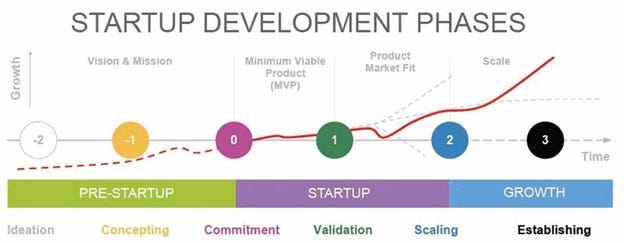In early-stage startups, balancing innovation and emerging opportunities with scaling existing products is critical—and tricky
On one hand, expanding into new product areas and markets allows startups to stay agile and keep pace with shifting customer needs and competition. But on the other, scaling a product that’s already gained traction provides much-needed stability, growth, and potential profitability. So how should startups approach this balancing act? Here are some principles:
1. Prioritize Based on ROI Potential
For each new opportunity, ask yourself: Does this expansion have the potential to be as impactful as what we’re already scaling? If the answer is unclear, it may be better to focus more on scaling proven solutions. Ensure your resources are aligned with ROI expectations—don’t dilute focus across too many areas.
2. Allocate a Percentage of Resources to Innovation
A good rule of thumb is the 70-20-10 model:
70% on scaling existing products
20% on adjacent opportunities
10% on new, higher-risk innovations
This lets you double down on what works while keeping innovation on the radar without overcommitting.
3. Use Market Signals as a Guide
Customer demand, feedback, and market trends should guide resource allocation. If a new opportunity starts showing strong traction, gradually increase investment, shifting away from smaller areas that may be draining resources without promising returns.
4. Optimize Experimentation Time
Set clear time frames and KPIs for innovation projects. If they’re not reaching initial goals, consider a pivot or pull resources back to proven products. This ensures you’re not locked into any project or concept for too long if the market fit isn’t materializing.
5. Stay Flexible, but Keep the Core Focused
While you need to remain open to change, ensure the core product and team maintain a clear, focused direction. A startup can only scale effectively if its core offering is solid.
Ultimately, finding the right balance is key to long-term growth. Scale what works, but don’t lose sight of what’s next—this blend keeps startups both grounded and adaptable.

